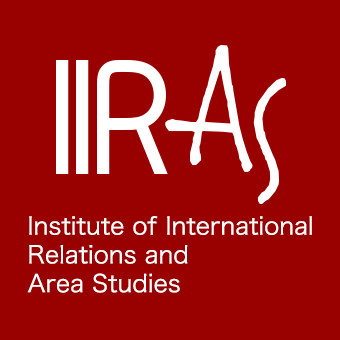【Report】Summary of the lecture by José Rodolfo Aviles-Ernul
Exploring the Sources of Japanese Dark Mythology: An iconographic Analysis of Ito Junji's Gyo Ugomeku Bukimi and Mizuki Shigeru’s Sōin Gyokusai Seyo!
15 May 2025
Pop culture, as an artistic medium, uses imagery to convey subtle discourses that reveals collective anxieties or other hidden emotions. Through an iconographic analysis of two Japanese horror manga, Ito Junji’s “Gyo Ugomeku Bukimi” and Mizuki Shigeru’s “Sōin Gyokusai Seyo!”, Dr Aviles-Ernult explores how their visual narratives registers anxieties of Japan’s collective into a form of “anti-mythology”.
Dr Aviles-Ernult begins by defining his approach to iconographic analysis, which combines Jungian psychoanalysis and Lovecraftian anti-mythology. His primary focus is on the “shadow”, a form of the self with traits considered undesirable and incompatible with the current conscious identity, and “anti-mythology”, a method of horror storytelling that subverts the typical narrative of heroic and “comfortable” mythology. Using this approach, Dr Aviles-Ernult then analyses the images of monsters in Junji Ito’s Gyo, which he claims represents three forms of collective anxieties: the dark side of godliness (youkai), a wary ambivalence of technological progress, and body deformation. The theme of body deformation is further explored in Mizuki Shigeru’s “Sōin”, where the characters are portrayed in a gradually consistent progress of bodily deformation representing the “shadow” of vitality.
In the animated question and answer session, participants further discussed the challenges in conducting iconographic analysis and in conducting interpretive research. Participants also raised questions about how researchers ought to handle differences between animated and manga versions of the same story, as there might be slight variations that might affect interpretation.


